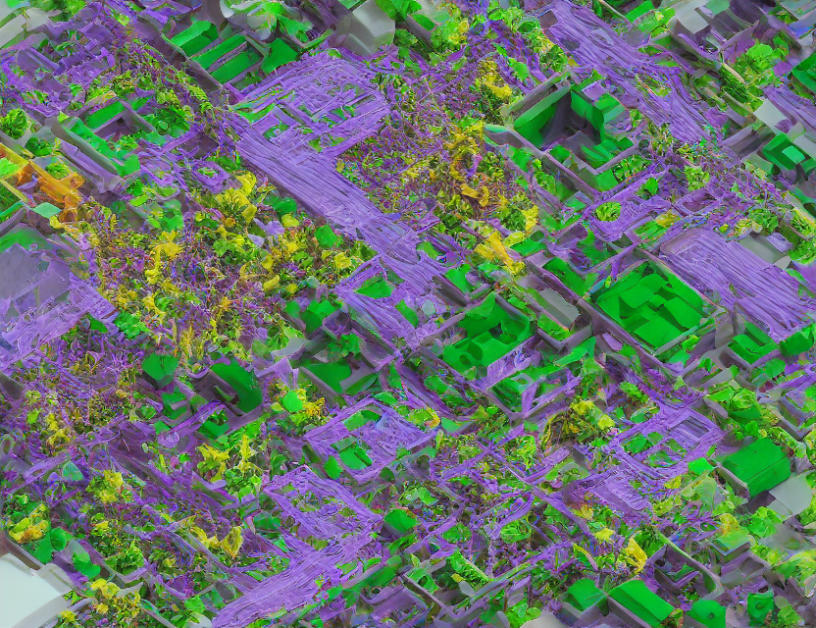Medical image segmentation is a crucial step in diagnosing and treating diseases. However, obtaining high-quality annotated data is time-consuming and expensive. Semi-supervised learning (SSL) offers an alternative solution by leveraging unlabeled data to fine-tune the model and improve its accuracy. In this article, we explore how SSL can be applied to medical image segmentation using a novel framework called ASLseg.
ASLseg: A Novel Framework for Medical Image Segmentation
ASLseg is a novel framework that combines the strengths of SSL and traditional supervised learning (SL). The proposed method consists of three stages:
- Labeled data is used to fine-tune the medicine SAM and combine it with the pseudo-labels from stage one to make further predictions on the unlabeled data.
- In stage III, the pre-trained adaptation network using synthetic data refines the pseudo-labels generated by medical SAM and selects reliable pseudo-labels to rejoin the training of the semi-supervised segmentation model.
- The iterative process continues until the best segmentation performance is achieved.
Key Components
- Refining Pseudo-Labels: The proposed method achieves higher accuracy by adding two stages to refine pseudo-labels. This stage helps to generate more reliable pseudo-labels and utilize unlabeled data effectively.
- Synthetic Data: The adaptation network uses synthetic data to refine the pseudo-labels, which improves the segmentation performance.
Ablation Studies
To evaluate the effectiveness of each component in ASLseg, ablation studies were conducted. The results show that adding two stages to refine pseudo-labels is crucial for achieving better segmentation performance.
Improved Performance
The proposed framework outperforms existing SSL methods on four evaluation metrics, indicating its superiority in leveraging unlabeled data effectively. Additionally, the results show that ASLseg has a good ability to refine pseudo-labels and utilize unlabeled data more effectively than existing methods.
Conclusion
In conclusion, this article demonstrates the potential of SSL for medical image segmentation using the novel framework ASLseg. By combining the strengths of SSL and traditional SL, ASLseg offers a promising solution for improving the accuracy of medical image segmentation without relying solely on annotated data. The proposed method has been shown to outperform existing SSL methods, highlighting its effectiveness in leveraging unlabeled data effectively. Future research directions include further refining the pseudo-labels and exploring other SSL techniques to achieve even better performance.



